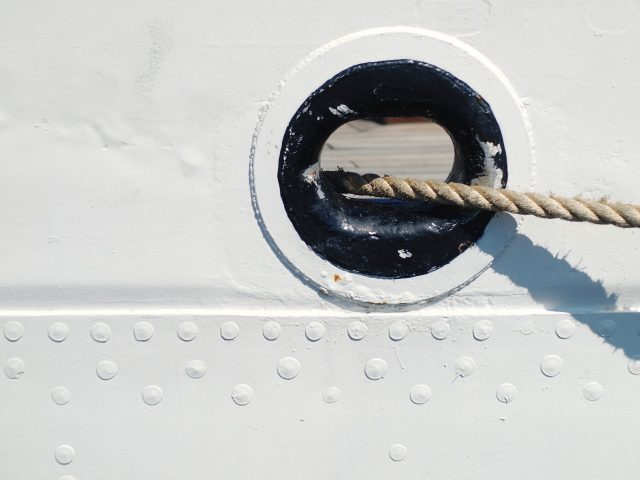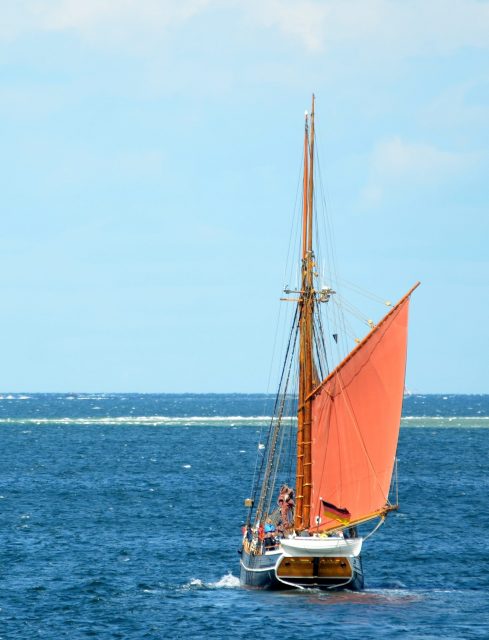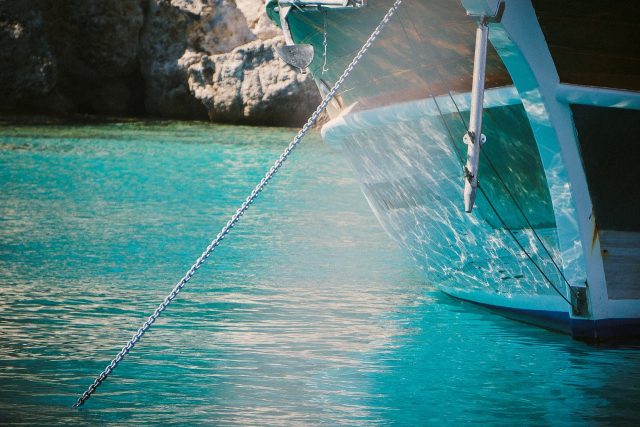Tips on effectively anchoring your sailboat
A sailor’s worst nightmare is waking up in the middle of the night to find that the boat is dragging her anchor and heading straight for the neighbor’s expensive yacht or, worse still, the rocks. As a sailor, you cannot stand by and watch your boat cause some costly damage or smashed to pieces.
A set of sound sailboat anchoring techniques, however, can save you the stress, expense and the energy that would be required when trying to keep your boat.

Even some of the most experienced sailors have been known to leave their boats hurriedly only to later reap the consequences of the universal law that posits “haste makes waste”. Secure anchoring must never be overlooked, and learning the ways of proper anchoring is the best way to avoid this happening to you. And after all, contrary to popular perception, anchoring a boat securely is not such a daunting or difficult task to get right.
Compiled below are some of the most basic, yet important guidelines that will ensure a securely anchored boat and a good nights sleep for any sailor.
Preparation is the key
You must pay due to heed to learning the weather forecast of the area where you are planning to anchor your boat overnight. A quick glance at the expected conditions such as wind direction, its average speed, and tidal behavior will help you tremendously. Perhaps the most important factor to take into consideration will be the tidal shift, as reversing tidal currents coupled with strong winds can uproot your anchor altogether and drag your beloved boat into situations best not contemplated.

Seek out the most trusted and ideal anchoring area, preferably with a sand or mud bottom, avoiding rocky bottoms at all costs. Heavy seaweed or seagrass presence is also not conducive for a firm anchorage and is unlikely to hold the anchor well enough to cope with the tides. Don’t wait until the last minute to drop your anchor, instead prepare well before approaching. Regardless of the type of anchor – a manual anchor from a bow or a bow roller – always make sure that the anchor rode is absolutely free to run.
Carefully pick your spot
After you have carefully studied the chart and have chosen a well-protected area with a muddy bottom for your anchor, look for the actual spot for anchoring which is at the right depth. Of course, it should be a few feet deeper than the draft of your boat, going as deep as 30 to 40 feet as per your need – as long as you have the necessary amount of rode. Another often neglected factor when anchoring is the accommodation of the potential swing of the boat around the anchor. Make sure your boat is well clear of any channel present, giving yourself enough space to contain the swing, especially in cases where the wind or current is likely to change direction. To be safe, keep the space of at least a full circle around the anchor to meet any unforeseen wind shift.

It is very likely that there will be others trying to anchor in the safe area. Follow anchoring etiquette, as this will ensure that your boat will not end up embedded in another after a collision. The general unwritten rule of anchoring is basically “first come – first anchor.” The first boat that successfully makes the approach to an anchorage point has the right to choose its point at will; any subsequent boats will not only have to wait for it to anchor properly, but they also need to make sure they stay clear of its path and keep their distance for safety.
A calculated slow Approach

Sailors often learn to approach the anchorage under sail, with the skill involved here being to lower or at least furl the sails while making the approach into the anchorage area. However, if you are thinking of using the engine, you will have more control in case you need to make last-minute maneuvering near the anchorage. It is a wise move to approach the selected area ‘into the wind’. However, if tides are strong and strong currents supersede the wind speed in strength, it is better that you move into the tides instead. It’s not a good idea to approach the anchorage at a high speed.
When your spot is in sight, and you are locked-in on it, allow the boat to simply coast to a stop. This takes a little bit of extra time, but saves you the painstaking process of reversing from the wrong point and adjusting to the anchorage. If you feel that your speed or direction isn’t in line with the point, don’t wait for the boat to decide for itself. Simply move back a little bit using engine power and adjust to the right direction in accordance with the wind speed.
Lower the anchor and avoid a simple drop
Once you are right on top of the chosen point, it is time to wait for the signal from the person at the helm that the boat has come to a stop and is now starting to shift back with the wind or tide. Once this signal is received, it is time to lower your anchor. Beware of the fact that if your boat is still in forward motion, lowering anchor at that point means your anchor will be pulling ahead instead of drifting back to firmly plant at the bottom.

Sailors are always advised to learn how to skillfully lower the anchor, a random drop of the anchor in a hurry will cause all sorts of problems such as allowing the rode to fall onto the anchor, potentially fouling it all together. If this happens, you will get the impression that anchor has set correctly, except it won’t be; and strong winds or a tidal shift in the night will easily pull your boat into a situation you never want to find yourself in.
If you have any comments then please drop us a message on our Outdoor Revival Facebook page
If you have a good story to tell or blog let us know about it on our FB page, we’re also happy for article or review submissions, we’d love to hear from you.
We live in a beautiful world, get out there and enjoy it. Outdoor Revival – Reconnecting us all with the Outdoors





